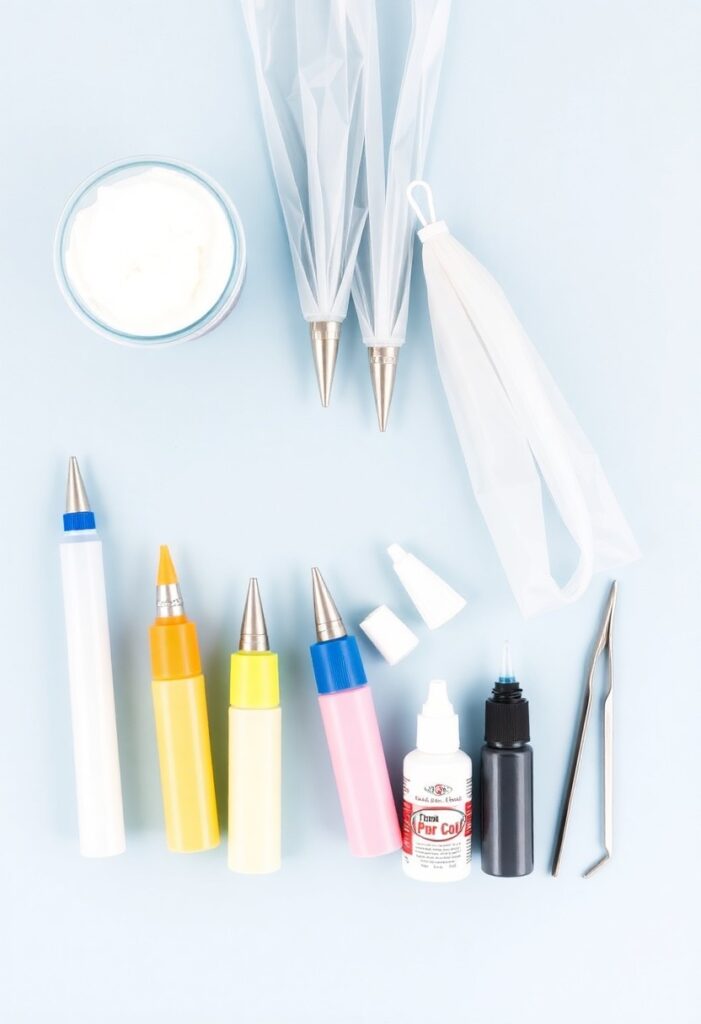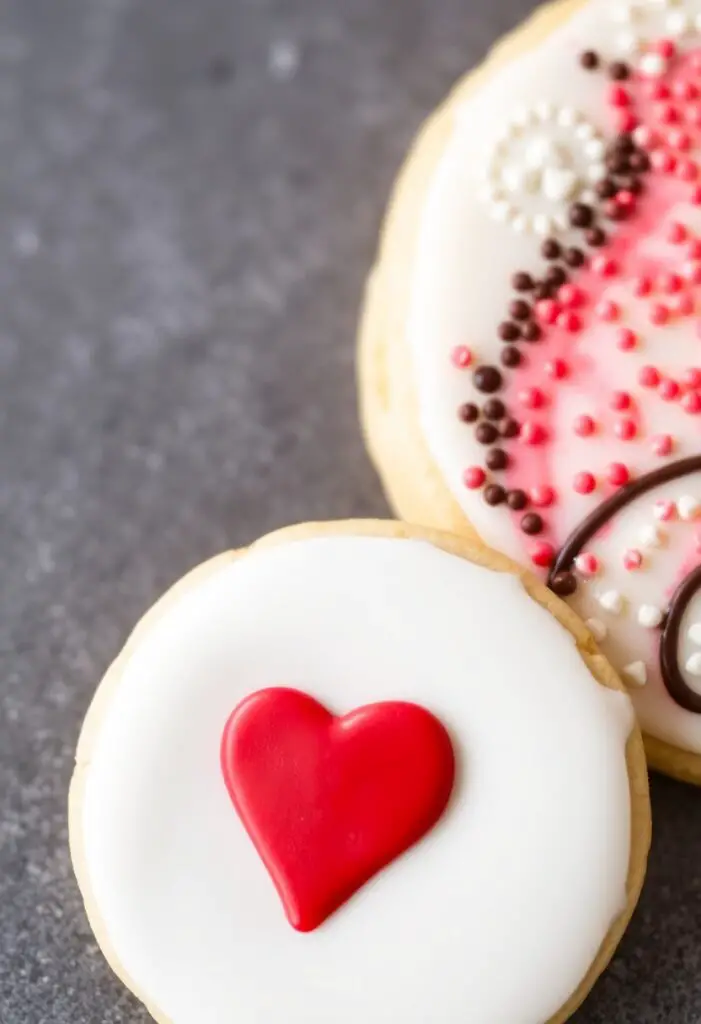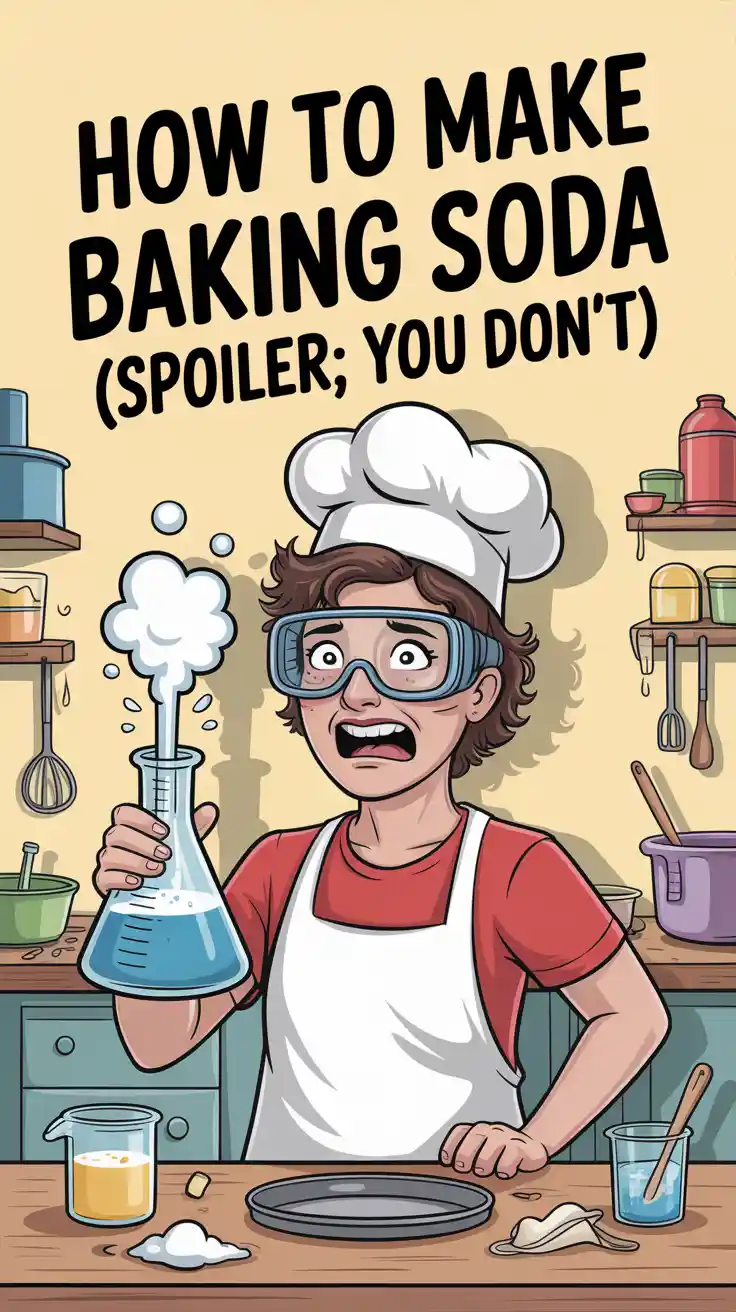How to Make Royal Icing Cookies (And Look Like a Pro, We Swear)
You’ve seen them. Scrolling through your feed, nestled between pictures of your cousin’s new baby and a meme about the current heatwave in Barishal, they appear: impossibly perfect cookies. They have crisp edges, vibrant colors, and a smooth, flawless finish that seems to defy the very laws of baking. You probably sighed, double-tapped, and thought, “I could never do that.” Well, I’m here to tell you that you’re wrong. Today, we’re pulling back the curtain on the magic, and I’m going to teach you how to make royal icing cookies that will make your own followers stop scrolling. It’s easier than you think, I promise. Mostly.
Why This Recipe Is Awesome (It’s Edible Art!)
So, why dive into the world of cookie decorating when you could just, you know, eat a regular cookie? Because this is more than just a recipe; it’s a creative project with a delicious reward! First, you get a perfectly buttery, vanilla-scented sugar cookie that holds its shape and doesn’t taste like cardboard (a common crime in the decorated cookie world). Then, you top it with a sweet, crisp royal icing that dries to a hard, matte finish, making your cookies stackable, giftable, and oh-so-professional.
Mastering this skill means you can create custom treats for birthdays, holidays, or just a random Thursday when you feel like being extra. It’s a fantastic way to unwind, get creative, and the end result? You get to be the person who shows up with the most stunning dessert at the party. What’s not to love about that?
Ingredients: A Tale of Two Recipes
This is a two-part adventure. First, we make the canvas (the cookie), then we make the paint (the icing).
For the No-Spread Cut-Out Sugar Cookies:
- 1 cup (2 sticks) unsalted butter, cold and cubed
- 1 cup granulated sugar
- 1 large egg
- 1 teaspoon vanilla extract (or almond extract for a different vibe)
- 3 cups all-purpose flour
- ½ teaspoon salt
For the Foolproof Royal Icing:
- 4 cups powdered sugar, sifted
- 3 tablespoons meringue powder (This is our secret weapon for safe, stable icing!)
- ½ cup warm water, plus more for thinning
- 1 teaspoon vanilla extract or other clear extract for flavor
- Gel food coloring (gel is much better than liquid for vibrant colors)
A Note on Meringue Powder:
- Yes, you need it. Meringue powder is made from pasteurized, dried egg whites and is the key to creating a stable royal icing that dries hard and is completely safe to eat. You can find it in the baking aisle of most grocery stores or online. Don’t use raw egg whites, FYI.
Tools & Kitchen Gadgets Used: Your Cookie Decorating Studio
Having the right gear makes this process infinitely less stressful.
- Stand Mixer or a Hand Mixer (Crucial for both the cookie dough and the icing.)
- Mixing Bowls
- Rolling Pin with guide rings (to ensure even cookie thickness)
- Cookie Cutters (any shapes your heart desires)
- Baking Sheets lined with Parchment Paper
- Piping Bags
- Piping Tips (A small round tip like a Wilton #2 or #3 is perfect for outlining.)
- Squeeze Bottles (Optional, but great for filling in your designs, aka “flooding.”)
- Scribe Tool or a Toothpick (For popping air bubbles and guiding the icing.)
- Small bowls or a palette for mixing colors.
Step-by-Step Instructions: The Grand Cookie Adventure
Deep breaths. We’re breaking this down into manageable chunks. You’ve got this.
Act 1: The Perfect No-Spread Cookie Canvas
- Cream the Butter and Sugar: In your mixer, beat the cold, cubed butter and granulated sugar on medium speed until the mixture is combined and looks like wet sand. Don’t over-cream it; this helps prevent spreading.
- Add the Wet Stuff: Add the egg and vanilla extract and mix until just combined.
- Combine the Dry Stuff: In a separate bowl, whisk together the flour and salt. With the mixer on low, gradually add the flour mixture to the butter mixture until the dough just starts to come together.
- Chill Out: Dump the crumbly dough onto a piece of plastic wrap, form it into a disc, and wrap it tightly. Chill in the refrigerator for at least 1 hour. This is a non-negotiable step to prevent spreading!
- Roll and Cut: Preheat your oven to 375°F (190°C). On a lightly floured surface, roll out your chilled dough to about ¼-inch thickness. Use your cookie cutters to cut out shapes and place them on your parchment-lined baking sheets.
- Bake to Pale Perfection: Bake for 8-11 minutes. You want the edges to be set, but you do not want them to be golden brown. Pale cookies are the goal for a soft bite. Let them cool on the baking sheet for a few minutes before transferring to a wire rack to cool completely.
Act 2: The Royal Icing Masterclass
- Combine and Mix: In the bowl of your stand mixer, whisk together the sifted powdered sugar and meringue powder. Add the warm water and vanilla extract.
- Whip It Good: Using the paddle or whisk attachment, mix on low speed until combined, then increase the speed to medium-high and beat for 5-7 minutes. The icing will become bright white, thick, and glossy, with stiff peaks.
- Achieve the Right Consistency (The Most Important Part!): This stiff icing is your “outline” consistency. To get a “flood” consistency for filling in, transfer some of the stiff icing to a separate small bowl. Add water, a tiny bit at a time (like, with a spray bottle or ¼ teaspoon), and stir until you reach the desired consistency.
- The 10-Second Rule: A good flood consistency is when you can drag a knife through the surface of the icing, and the line completely disappears in about 10-15 seconds.
Act 3: The Decorating Magic
- Color and Prep: Divide your icing into small bowls and use gel food coloring to create your desired shades. Put your thicker “outline” icing into a piping bag with a small round tip. Put your thinner “flood” icing into a squeeze bottle or another piping bag with the tip cut off.
- Outline the Cookie: Using your outline icing, trace the border of your cookie. Think of it like you’re building a little dam to hold in the flood. Let this outline set for a few minutes.
- Flood the Cookie: Take your flood icing and fill in the area inside your outline. Don’t overfill it!
- Smooth It Out: Use your scribe tool or a toothpick to gently guide the flood icing into the corners and pop any pesky air bubbles that appear.
- Let It Dry! This is the ultimate test of patience. Let the cookies sit undisturbed at room temperature for at least 8 hours, or preferably overnight, until the icing is completely hard to the touch.
Calories & Nutritional Info (Per Decorated Cookie, Estimated)
Let’s be real, this is sugar on top of butter and sugar. Enjoy it for what it is! This is a wild guess.
- Estimated Calories per cookie: ~200-250 calories
- Fat: ~10g
- Carbohydrates: ~30g
- Protein: ~2g
- Sugar: A respectable amount. We’re making art, not health food.
Common Mistakes to Avoid: Your Guide to Cookie Zen
Avoid these common frustrations on your path to decorating glory.
- Cookies Spreading Like Wildfire: This means you either over-creamed your butter and sugar, or you skipped the chilling step. Cold dough is key!
- Greasy Bowls: Any trace of grease or fat will prevent your royal icing from whipping up properly. Make sure your mixer bowl and attachments are squeaky clean.
- Icing Consistency is a Nightmare: This is the biggest hurdle. Go slowly when adding water to thin your icing. You can always add more water, but it’s much harder to thicken it back up.
- Colors Bleeding: This usually happens when your flood icing is too thin or you didn’t let your base color dry long enough before adding details on top. Patience, young grasshopper.
Variations & Customizations: Become a Cookie Artist
Once you’ve got the basics down, the world is your cookie.
- Flavor Twists: Add ½ teaspoon of almond, lemon, or peppermint extract to your cookie dough or icing for a fun flavor change.
- Chocolate Royal Icing Cookies: For the cookies, replace ½ cup of flour with ½ cup of unsweetened cocoa powder. For the icing, add a few tablespoons of sifted cocoa powder.
- Wet-on-Wet Decorating: After you flood a cookie, immediately use a different color of flood-consistency icing to add dots or lines. Drag a scribe tool through them to create hearts, swirls, or chevron patterns. It looks super fancy but is surprisingly easy.
FAQ Section: All Your Icing Inquiries, Answered
You’ve got questions. I’ve got answers covered in powdered sugar.
- Q: What is meringue powder and can I use something else? A: It’s a powder made of pasteurized, dried egg whites, sugar, and stabilizers. It’s the safest and most reliable way to make royal icing. Using raw egg whites carries a risk of salmonella. Just buy the meringue powder, trust me.
- Q: How do I get the perfect icing consistency? A: Practice! And the 10-second rule. For flooding, you want the line you draw in the icing to disappear in 10-15 seconds. If it’s faster, it’s too thin. If it’s slower, it’s too thick.
- Q: How long does royal icing really take to dry? A: It depends on the humidity where you live (hello, Barishal!), but you should plan for at least 8 hours for a base coat to dry hard. If you’re doing lots of layers, it can take up to 24 hours. A small fan can help speed up the process.
- Q: Why isn’t my icing hardening? A: You might have added too much water, making it too thin. It could also be very high humidity. Or, if you used raw egg whites, they may not be as stable as meringue powder.
- Q: Can I make the icing or dough ahead of time? A: Yes! The cookie dough can be refrigerated for up to 3 days or frozen for a month. The royal icing can be stored in an airtight container at room temperature for up to a week (press plastic wrap against the surface to prevent a crust). You’ll just need to re-whip it before using.
- Q: My piping tip keeps clogging! What do I do? A: This usually means you have clumps in your icing. Sifting your powdered sugar is key! You can also keep a damp paper towel over your piping tip when you’re not using it to prevent it from drying out.
- Q: Why did the colors bleed on my cookies? A: The most common culprit is your flood icing being too watery. A slightly thicker flood can help. Also, using dark colors next to light colors (like red on white) can be tricky. Letting the base layer dry completely before adding dark details can prevent this.
Final Thoughts: Go Forth and Decorate!
You did it! You’ve waded through the powdered sugar, wrestled with icing consistencies, and emerged a true cookie artist. You are now officially one of those people with the Pinterest-perfect cookies. So go ahead, make a glorious mess, create some edible masterpieces, and bask in the awe of your friends and family. Just be prepared to be asked to bring dessert to every single event from now on.



